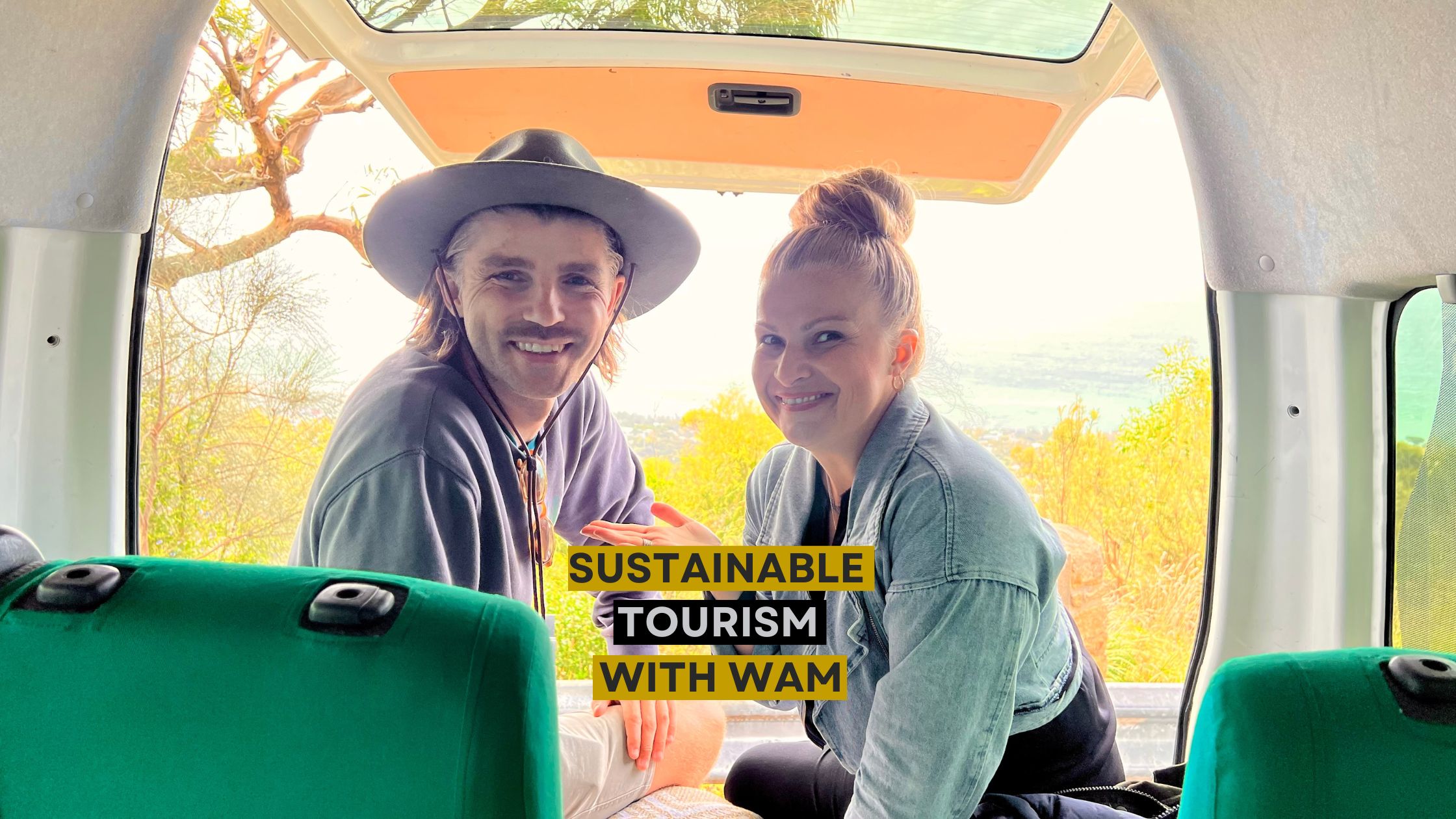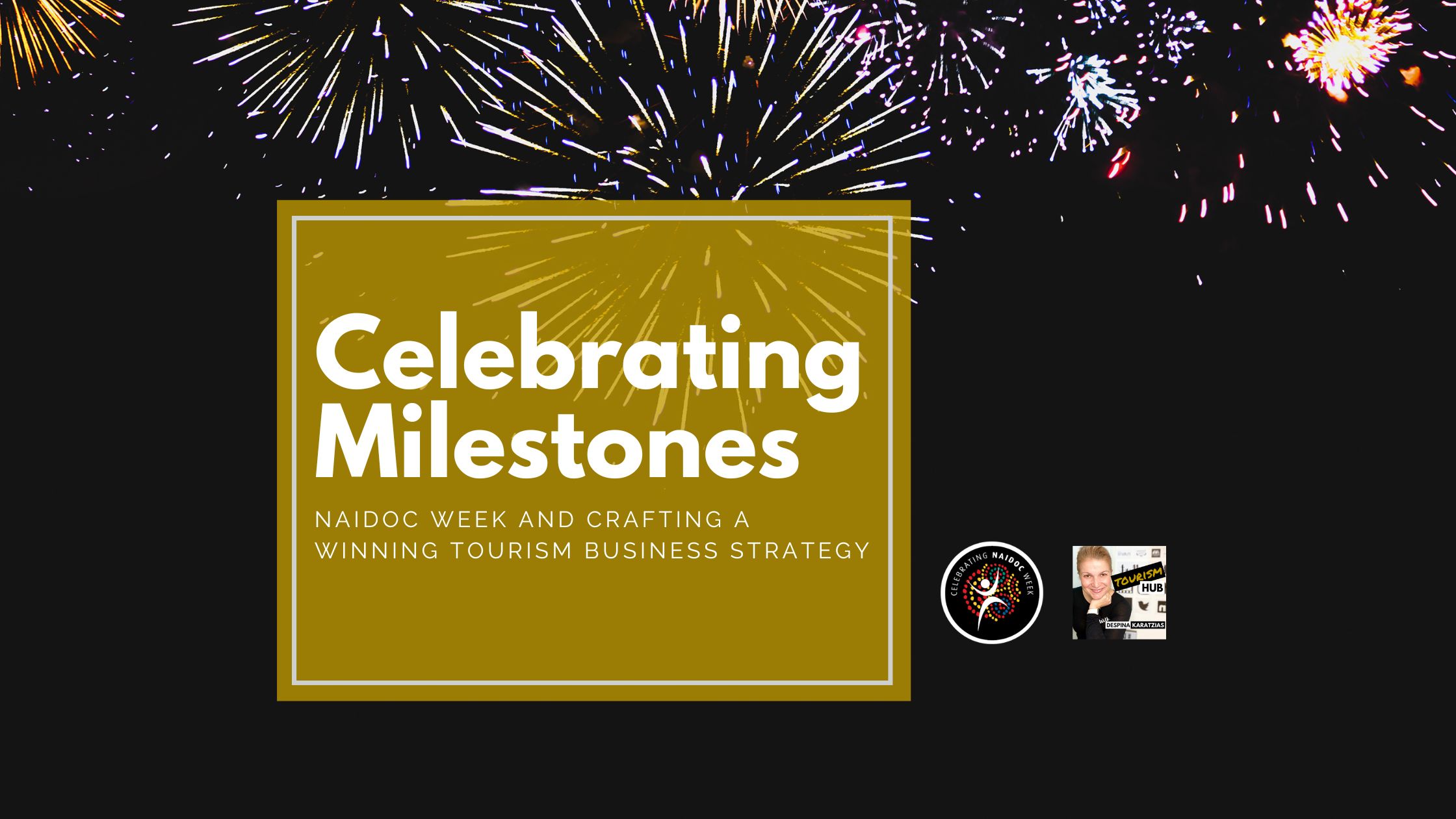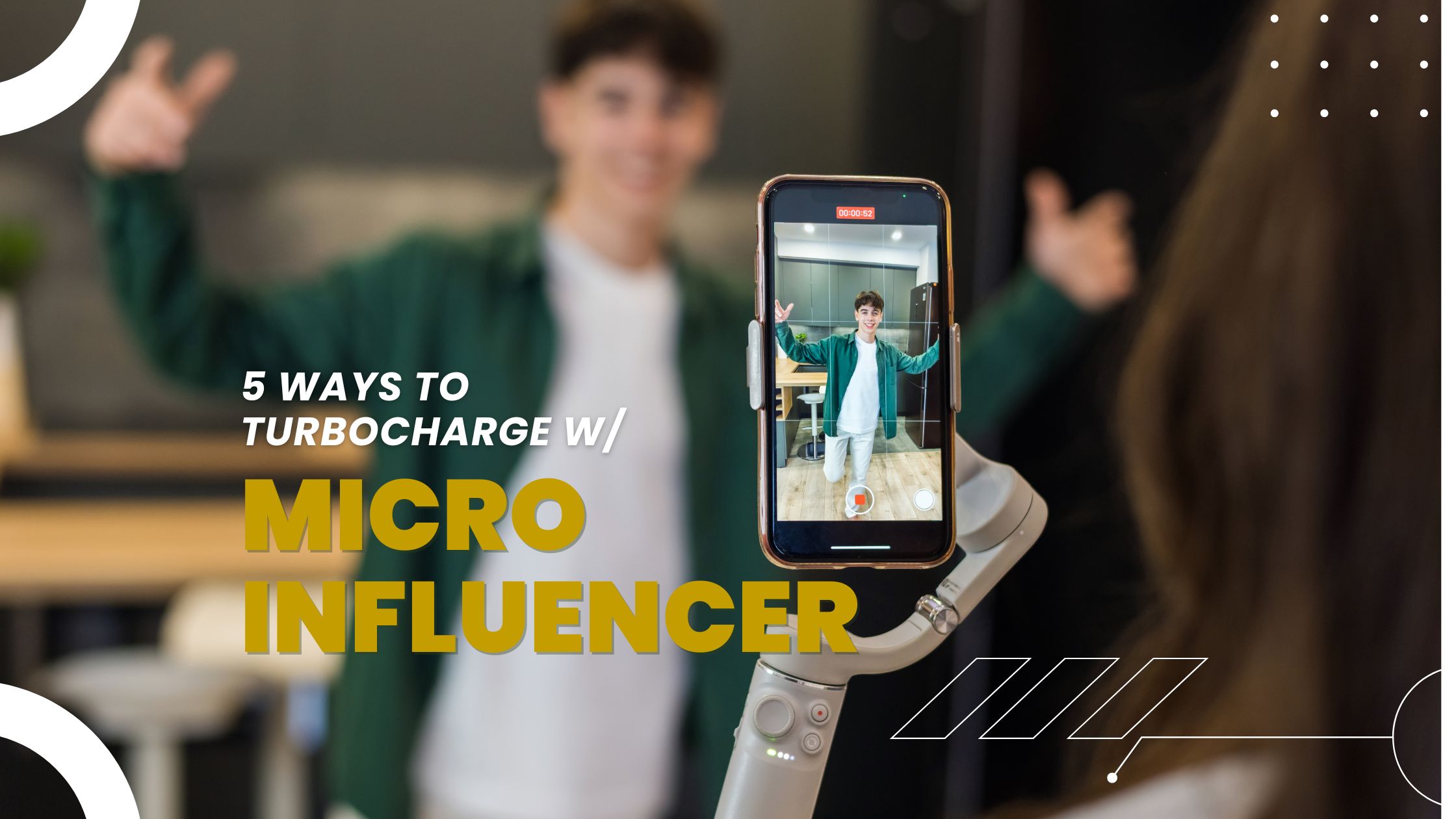Seems like the growing influence of digital and social media capabilities is one thing. Yet growing influence of mobile and social media capabilities have given rise to a far more connected traveller.
It is always important for the experience makers of the visitor industry to appreciate that the landscape of travel continues to shift. And so do visitor purchase behaviours!
Due to this changing landscape I share with you in this episode of DesiTV, 4 Key Digital Trends Across The Board That Impact Visitor Experiences
Because you are busy being your own kind of excellence and I have so much more to share I have delved a little deeper her on the topic of tourism research and emerging trends!
So, when it comes to marketing your business and your digital footprint – what are your top priorities?
The tourism and travel landscape is adapting as businesses such as Airbnb and Uber continue to disrupt the traditional business model. As the industry becomes more intuitive, social and dynamic and consumer demands evolve, it’s more important than ever for businesses to embrace changes to how people go through the customer journey from researching to booking and every interaction in between.Tourism Businesses in Australia, June 2011 to June 2015 is the fourth report in a series that estimated the number of businesses in the Australian tourism industry. The methodology was developed by Tourism Research Australia with data derived from ABS’ publication ‘Count of Australian Businesses Entries and Exits’.
Most noteworthy in this report was that Tourism businesses made up 13 per cent (around 273,500) of the total 2.1 million businesses in Australia in June 2015. Around 95 percent of these businesses were non-employing, micro (1 to 4 employees), or small (5 to 19 employees) businesses. Furthermore, with the exit rate of non-employing and micro businesses (-6.2 percent) exceeding the entry rate of new businesses (+4.6 per cent) in June 2015 compared to June 2011, there has been a net reduction in the number of businesses operating in the industry.
At the end of 2013, UK company e3 produced the first in a series of trend papers focussed on the travel sector. It specifically looked at how the growing influence of mobile and social gave rise to a much more connected traveller.
As the landscape of the travel industry continues to shift and expands around new technologies, we are seeing both the emergence and development of new and existing trends. This paper in the series discusses how the continued growth and confidence in mobile gives rise to new research and purchasing behaviours. Hence, 4 key digital travel trends having implications right across the industry, from airlines and hotels to airports and online booking agents to experiences and attractions are as follows:[/vc_column_text][vc_custom_heading text=”1. SELF-SERVICE AND THE CURRENCY OF TIME”][/vc_column][/vc_row][vc_row][vc_column][vc_column_text]While the power of immediacy is real for consumers seeking a variety of products and service when it comes to travel consumption there is most definitely a culture of self-fulfillment. These expectations have been set for us from the immediacy of social and mobile. Consequently, this comes at a time where information at our fingertips has taken a whole new meaning over the last decade. Most of all these expectations are set by the immediacy of social and mobile technologies. As a result, visitors will gladly adopt new technologies if it means they can serve themselves and save time. From airport luggage drops and boarding passes to hotel check-ins, self-service is big news. We live in a culture of instant gratification. As e3 identify in this paper, this matters because innovations in technology create innovations in customer service and satisfaction by providing a seamless, convenient and connected experience.[/vc_column_text][vc_custom_heading text=”2. DIY TRAVEL”][/vc_column][/vc_row][vc_row][vc_column][vc_column_text]The Do-It-Yourself or self-service traveller plans manages and books online NEVER speaking to anyone. Serve up a crappy experience along this journey and they may not make it to the transaction phase. Visitors, like customers in any industry today want to be served on their terms, not ours. Most of all this poses a challenge for an industry that poses a challenge for an industry that focusses on the human service element. It is no wonder these customers’ needs are fulfilled by the disrupting digital-only companies like Airbnb, and Uber where they differentiate their offering Roomarama, HomeAway and CitizenM make the absence of human interaction a selling point.
This is interesting because to compete, traditional travel companies must make the most of their access to customer data and high-spec technology to serve customers on their terms.[/vc_column_text][vc_custom_heading text=”3. MOBILE BOOKING”][/vc_column][/vc_row][vc_row][vc_column][vc_column_text]148.3 million bookings were made online last year, and 65% of same-day hotel reservations were made via a smartphone, according to eMarketer1. Consumer confidence in mobile, along with the industry’s ability to provide real-time pricing information, combine to create a growing wave of mobile bookings.
This is particularly interesting because companies that are already delivering great booking experiences are now turning their attention to easier booking on any device, deeper insight into customer context, flexible customer preference management, and extended involvement in the customer’s trip.[/vc_column_text][vc_custom_heading text=”4. AUTHENTIC EXPERIENCES The trend for authentic experiences has broken the surface in the past few years as travel mentality has shifted from ‘tourist’ to ‘traveller’ to ‘experience seeker’. Digital connects people across the globe, with new companies helping travellers nd accommodation, guides and other services within the local community to satisfy the consumer’s desire not to feel like a tourist.
This is an important thing to note as big names in the travel industry recognise the need to cater to this mindset shift from tourist to traveller. And whatever you want to experience when you travel, there’s someone only a click away waiting to show you authentic local sights.[/vc_column_text][/vc_column][/vc_row][vc_row][vc_column][vc_column_text]All four of these trends have two important elements in common: mobile technology and the Millennial audience are behind self-service, DIY travel, mobile booking and the search for authentic experiences.
Tourism Businesses in Australia, June 2011 to June 2015
ABS’ publication ‘Count of Australian Businesses Entries and Exits’
E3 Travel & Technology: Digital Trends for the Travel Industry in 2015 and Beyond









